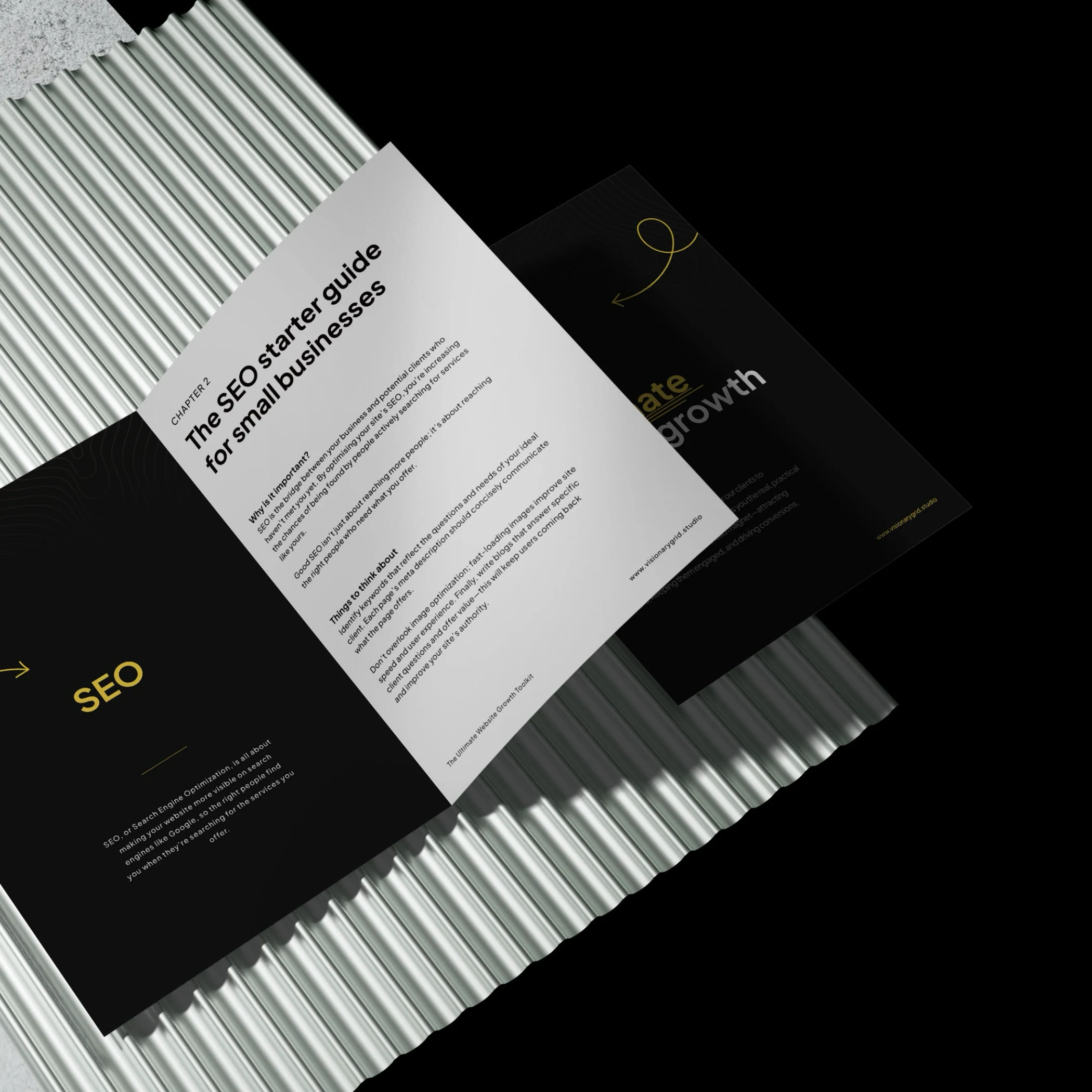Your Website Visitors Don’t Understand What You Do: Here’s How to Fix It
January 27, 2025
“If you confuse, you lose.”
Donald Miller, author of Building a StoryBrand. This mantra couldn’t be more relevant today. The average website visitor spends less than 15 seconds deciding whether to stay or leave your site. That’s not much time to make an impression.
If your audience doesn’t immediately understand who you are, what you do, and why they should care, they’ll be gone.
Start with Your Homepage Headline
Your homepage headline is your opening line. Make it count.
- Focus on clarity over cleverness: Instead of “Revolutionising the Tech World,” say, “Helping Businesses Automate Compliance with AI.”
- Use plain language: Avoid jargon. Speak to your audience like you would in person.
- Highlight the benefit: What’s in it for them? Your headline should answer this quickly.
Make Your Value Proposition Unmissable
The value proposition is your “why.” It’s the unique offering that sets you apart.
- Position it prominently: Use your homepage’s hero section to communicate your core value.
- Frame it around the user: Swap “We provide X” with “You get X.”
- Test and refine: A/B test variations to see which resonates most with your audience.
Simplify Navigation
Confusing navigation is a silent website killer. Visitors shouldn’t have to think about where to click next.
- Stick to 5–7 menu items: Overcrowded menus overwhelm users.
- Use descriptive labels: Replace “Solutions” with “Our Services” or “How We Help.”
- Prioritise mobile: Test your site’s menu on a mobile device to ensure ease of use.
Craft User-Centric Content
It’s not about you. It’s about them.
- Speak their language: Use the words and phrases your target audience would naturally use.
- Answer common questions: Address their pain points directly.
- Use short paragraphs and bullet points: These make content easier to skim.
Master Your Call-to-Action (CTA)
Your CTA should guide visitors toward the next step.
- Be specific: Instead of “Learn More,” say, “Download Our Free Guide.”
- Place it strategically: Include CTAs above the fold, at the end of sections, and on blog posts.
- Create urgency: Phrases like “Limited Spots Available” or “Get Started Today” encourage action.
Use High-Quality Imagery
Images communicate just as much as text, sometimes more.
- Avoid generic stock photos: Use original, brand-aligned imagery wherever possible.
- Optimise for speed: Large images slow down load times. Compress them without sacrificing quality.
- Add alt text: This boosts accessibility and SEO.
Prioritise Fast Load Times
A slow website is a dealbreaker.
- Compress images: As mentioned earlier, this is a quick win.
- Minimise redirects: Too many redirects delay loading.
- Invest in quality hosting: Don’t skimp on your server.
Write SEO-Friendly Copy
If search engines can’t find you, your audience won’t either.
- Include keywords naturally: Don’t stuff. Place them in headings, subheadings, and throughout the content.
- Optimise meta descriptions: A compelling meta description can significantly improve click-through rates.
- Write for humans first: Search engines reward engaging, user-focused content.
Build Trust with Social Proof
People trust people.
- Showcase testimonials: Add specific, detailed reviews from happy clients.
- Highlight awards or certifications: Display them prominently on your site.
- Include case studies: Real-world examples help illustrate your value.
Test and Iterate
The best websites are never “done.”
- Monitor analytics: Pay attention to bounce rates, time on page, and conversion rates.
- Run usability tests: Watch real users navigate your site.
- Implement small tweaks: Regular updates keep your website fresh and functional.
Your website is often your first impression of you. Don’t leave it up to chance. By focusing on clarity, ease of use, and user-centric content, you can ensure that your visitors understand what you do—and why they need you.

Grab our PDF toolkit to transform your website into a client magnet
Are visitors coming to your site but leaving too soon? This toolkit has everything you need to make your website a client-generating powerhouse, from boosting visibility on Google to creating an experience that keeps visitors engaged and ready to take action.
Inside, you’ll get insights on:
- Improving SEO so clients find you first
- Designing a smooth user experience to reduce drop-offs
- Crafting clear, engaging messages that build trust
Is your website costing you investors & customers?
Submit your site for a free Startup Website Stress Test.
We'll personally review your site and send you a 5-minute video breakdown of what’s working, what’s broken, and how to fix it—so you don’t lose opportunities.